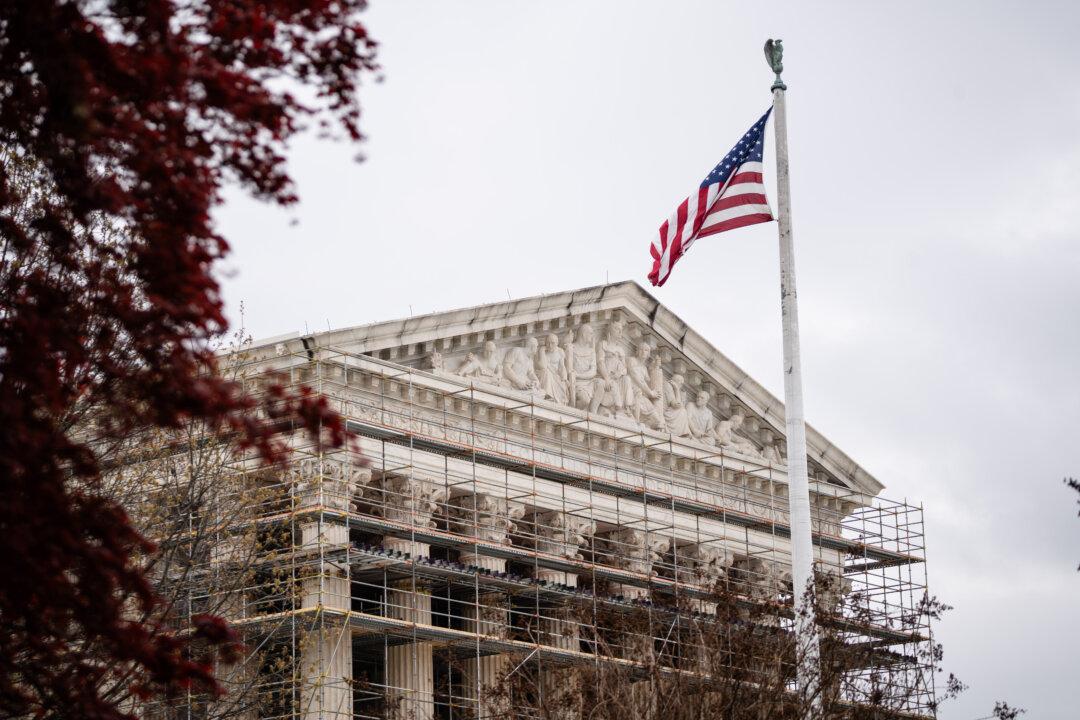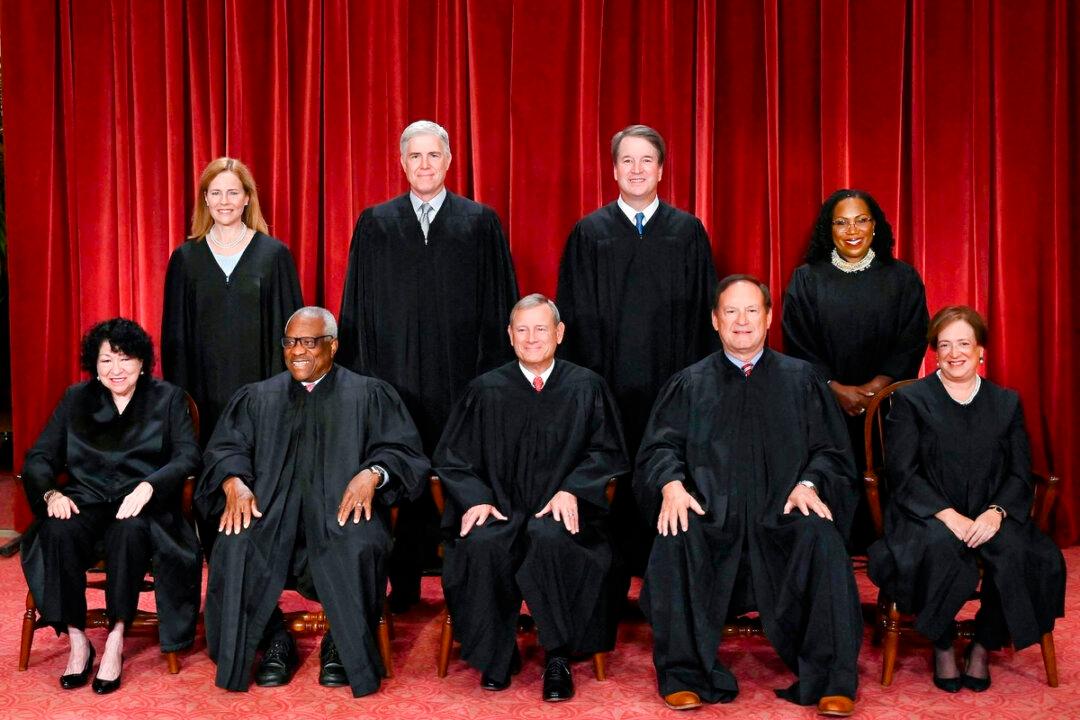The Supreme Court decided to allow a class-action lawsuit against an osteoporosis drug maker to proceed and stipulated that when the matter is adjudicated, a judge, not a jury, must decide whether federal law requires that a warning be placed on the drug’s label.
More than 500 consumers are suing the company, claiming injuries dating from 1999 through 2010 related to their use of Fosamax, sales of which brought Merck a reported $250 million in 2017 in the bisphosphonates market. Before the company lost patent exclusivity in 2008, Fosamax sales routinely generated upward of $3 billion annually.
The medication has been prescribed to prevent and treat osteoporosis in post-menopausal women since 1995. Some women have broken their femurs while using the bone-strengthening drug. The femur, located in the thigh, is the longest and strongest bone in the human body.
Litigants claim they suffered atypical femur fractures after long-term use and further claim the company knew about the risk for more than 10 years before the government, based on its own research, added information about it to the drug’s warning label in January 2011.
A federal judge in New Jersey granted summary judgment to Merck, following the reasoning contained in a 2009 Supreme Court ruling called Wyeth v. Levine. In that case, the high court found federal law prevents consumers from filing failure-to-warn claims under state law when there is “clear evidence” that the Food and Drug Administration wouldn’t have approved the warning.
Although Merck had warned the FDA in 2008 about the risk that the drug could cause a “low-energy femoral shaft fracture,” the FDA rejected the request to add the warning in 2009.
But even after the FDA said no to adding the warning, the “burden and the responsibility to correct a drug label rests with the manufacturer, not the FDA,” the circuit court ruled in allowing the plaintiffs’ lawsuits to proceed.
In the newly published Supreme Court opinion, Justice Breyer wrote that:
“Judges, rather than lay juries, are better equipped to evaluate the nature and scope of an agency’s determination.”
“Judges are experienced in ‘the construction of written instruments,’ such as those normally produced by a federal agency to memorialize its considered judgments.”
Breyer wrote that failure-to-warn claims under state law continue to be preempted by federal law if there is “clear evidence” that the FDA would have refused to change the drug’s label.
He clarified that “clear evidence” means “evidence that shows the court that the drug manufacturer fully informed the FDA of the justifications for the warning required by state law and that the FDA, in turn, informed the drug manufacturer that the FDA would not approve a change to the drug’s label to include that warning.”
At oral arguments before the Supreme Court, the class-action litigants’ lawyer, David C. Frederick, said Merck consultant Dr. Joseph M. Lane of the Hospital for Special Surgery in New York City, previously complained that the company failed to provide “medically accurate education” to the Food and Drug Administration about fractures suffered by users of the drug.
Frederick said Lane is “the one who had coined the term ‘Fosamax fracture’ because, in all of his years of osteology, he had not encountered these kinds of fractures until he had patients coming to him who were on this drug.”





